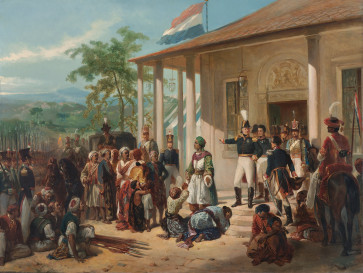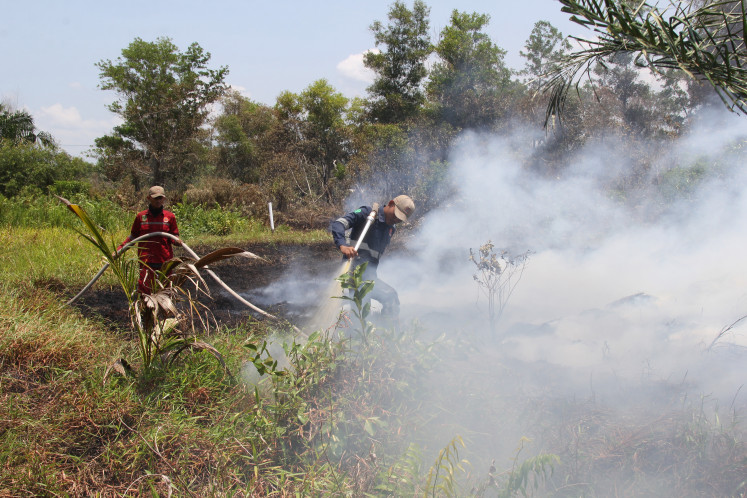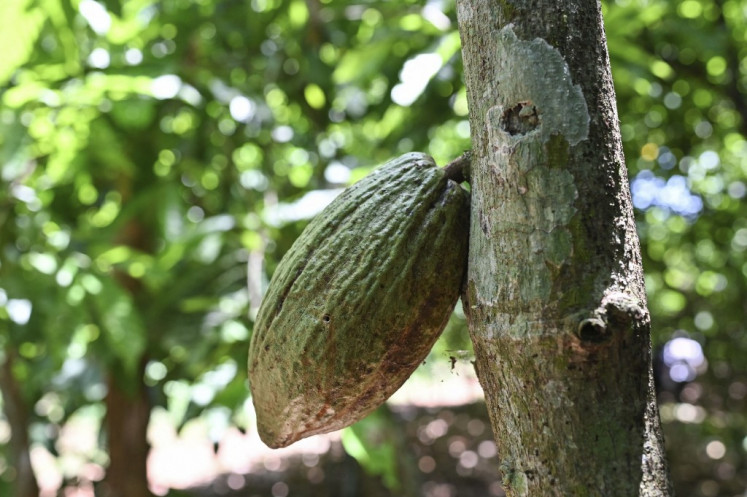Popular Reads
Top Results
Can't find what you're looking for?
View all search resultsPopular Reads
Top Results
Can't find what you're looking for?
View all search resultsPoverty Watch: Five million still live in poverty in C. Java
Some five million out of a population of 33 million in Central Java are still living in poverty, as efforts to eradicate poverty and hunger in the densely populated province encounters a number of problems, an official said
Change text size
Gift Premium Articles
to Anyone
S
ome five million out of a population of 33 million in Central Java are still living in poverty, as efforts to eradicate poverty and hunger in the densely populated province encounters a number of problems, an official said.
“It’s a really high figure; 15.76 percent of the province’s total population, higher than the national figure which is only 12.49 percent. It’s been a problem for us,” Vice Governor Rustriningsih told The Jakarta Post, Tuesday.
The chair of Central Java’s Poverty Alleviation Coordinating Team (TKPK), Rustriningsih, said that there were a number of problems that the provincial administration was facing in dealing with poverty in the region.
Among other things, there is the use of different indicators to define poverty. This, according to her, has created different interpretations of the data on poverty between the central government and local administrations.
She said something needs to be done about this, as accurate data on the number of people living in poverty in a particular region is essential to determining both the necessary poverty alleviation programs as well as the amount of funds needed.
“That is why the data available at the Central Statistics Agency (BPS) needs to be reanalyzed and reverified in the field,” she said.
Rustriningsih also said that there was no synergy between the central government, provincial administration and municipal/regency administration in poverty alleviation programs. “This is a technical problem that we cannot just ignore.”
She added that there are many government institutions tasked with alleviating poverty that conduct programs that are not coordinated at all level of governments, thus creating overlaps in budgets and making them less effective.
“On top of that, there is no documentation currently on the national poverty alleviation strategy, while provincial and municipal/regency administrations are obliged to prepare regional poverty alleviation strategies,” she said. “Lack of clear references make regional administrations worry about misspending their budgets in this particular sector,” she added.
The Central Java administration, according to Rustriningsih, has been working very hard to control the poverty rate in the region, with the aim of decreasing it to 8.75 percent by 2015. For this, she said, the administration has allocated an average of Rp 7 trillion annually for the last two years through community empowerment national projects (PNPM).
“We spend some of the funding on improving the capacity of the subdistrict administration apparatus to facilitate the community, and to develop applicable technologies by making use of local wisdom and potential,” she said.
She added that poverty and unemployment were two complex problems that are mutually reinforcing.
“That’s why poverty alleviation programs in Central Java are focused more on how to create job opportunities by making use of the potential within each of the regencies/municipalities,” Rustriningsih said.










